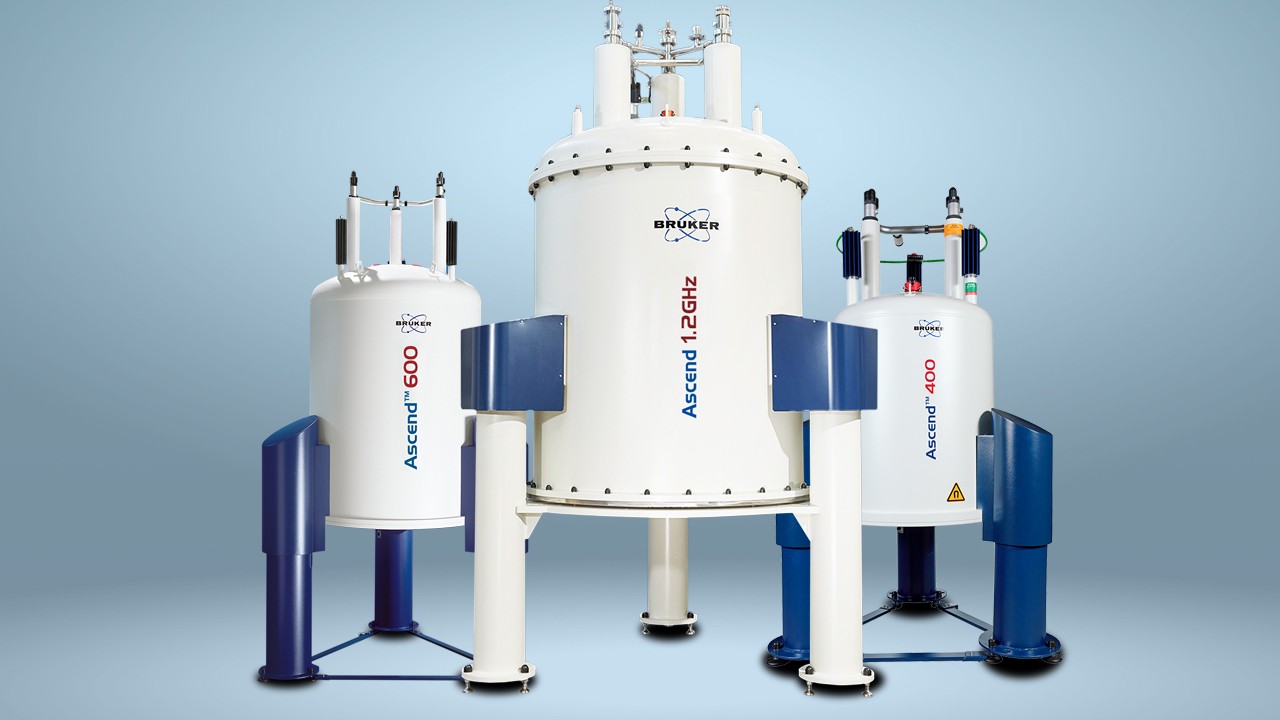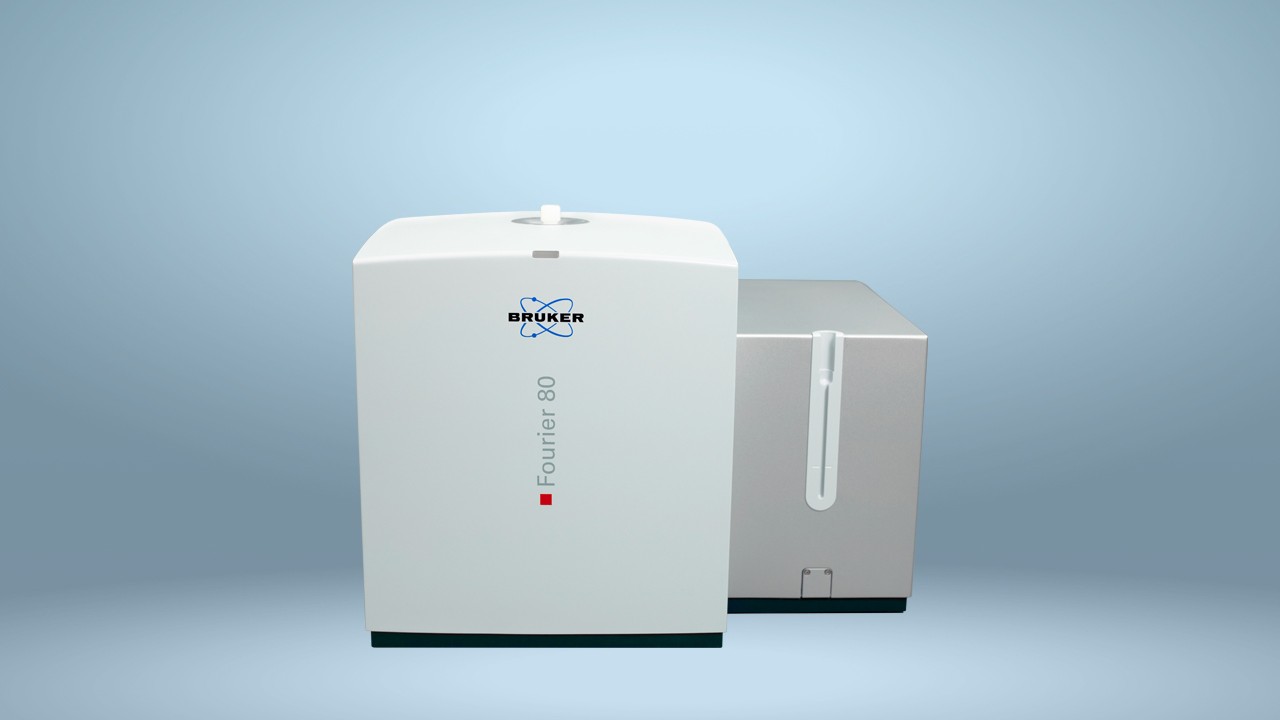DNP-enhanced NMR Visualises 13C-13C Correlations on Catalyst Surface
Most notably, the use of the CHHC technique improved the sensitivity and allowed the successful detection of intermolecular correlations on a catalyst surface
The characterization of the surface of materials at the atomic-level is important for understanding how they function. Determination of intermolecular correlations helps inform predictions of a material’s behaviour in particular conditions. This in turn facilitates the identification of materials specifically suited for a particular research or application need.
Nuclear magnetic resonance (NMR) spectroscopy is a particularly valuable tool for visualising surface intermolecular correlations since it does not damage the sample and can be readily used to image solids. NMR provides an unprecedented level of information about the structure, dynamics, reaction state, and chemical environment of molecules.
Solid-state NMR (SSNMR) technologies detect the presence of 13C, yet there is commonly a low natural abundance of 13C in many of the materials for which it would be desirable to obtain surface characterisation. This makes it difficult to obtain high resolution NMR images1.
A low natural abundance of 13C can be overcome by using a larger samples size, or a longer scan duration, but this is not always feasible or desirable. Modification to NMR imaging techniques have become a more popular solution.
Sensitivity can be increased sufficiently for the imaging of simple molecular systems by using two-dimensional (2D) 1H-1H correlation NMR spectra2. However, the low resolution and narrow chemical shift range make it unsuitable for the study of complex materials. The chemical shift range can be broadened using heteronuclear 1H-X spectroscopy, but the resolution is still not sufficient to unequivocally detect all species. It was thus necessary in many homonuclear correlation experiments between heteronuclei to use isotopic enrichment, which is time consuming and expensive. Furthermore, it can give rise to unwanted dipolar truncation effects.
Dynamic nuclear polarization (DNP) is the latest technique used to increase the sensitivity of SSNMR. This is achieved by using highly polarized electrons to improve the nuclear spin polarization and increase NMR signals3. Spin polarization from electrons in a “hyperpolarized” solution is transferred to the nuclei of the sample. The resultant NMR signal is several thousand-fold greater than at thermal equilibrium. The development of gyrotrons, low-temperature magic angle spinning (MAS) probes, and biradical polarizing agents has provided further signal enhancements, which have enabled homonuclear double-quantum/single-quantum (DQ/SQ) correlation spectroscopy between unreceptive and rare nuclei, such as 13C at natural-abundance.
DNP-enhanced SSNMR with proton-driven spin diffusion techniques to extend the level of polarization has been used to obtain long-range 13C-13C correlations and obtain useful structural information in a range of polymers and biological materials4.
Most recently the technique has been used to determine the spatial proximity between different moieties on the surface of a catalyst for the first time without using isotope enrichment5. In the latest study, DNP-enhanced measurements were acquired using a Bruker Biospin AVANCE III 400 DNP NMR spectrometer, equipped with a 264 GHz gyrotron and a low-temperature MAS probe.
Intermolecular 13C-13C homonuclear correlations were detected at natural abundance with improved sensitivity across a range of complex samples5.
The authors concluded that the technique allows the study of long-range correlations in a variety of materials with high resolution and is suitable for use in several homonuclear and heteronuclear experiments, such as SiHHSi and CHHN.
References
- Brown SP. Solid State Nucl. Magn. Reson. 2012;41:1‑27.
- Kobayashi T, et al. Angew. Chem. Int. Ed. 2013;52:14108‑14111.
- Ardenkjaer-Larsen JH. J. Magn. Reson. 2016; 264:3–12.
- Aluas M, et al. J. Magn. Reson. 2009;199:173‑187.
- Kobayashi T, et al. J. Phys. Chem. C 2017;121(44):24687‑24691.


